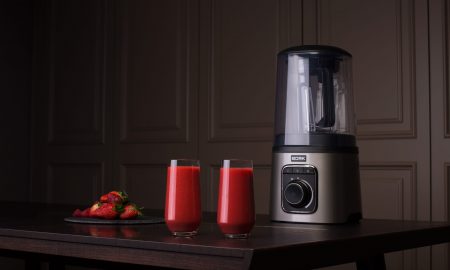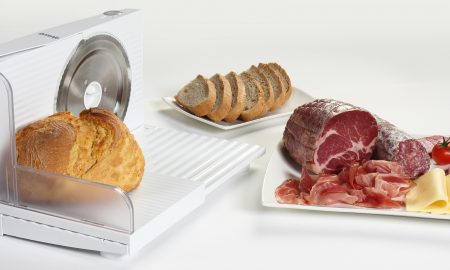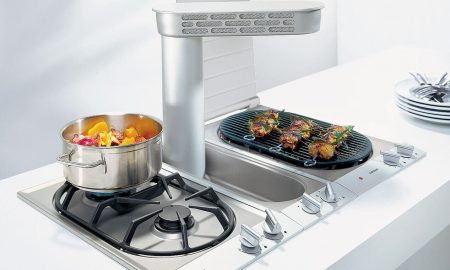How we eat also depends on how we live: either we actively enjoy every day, getting the maximum of endorphins from everything around us, or we run to doctors in search of solutions to accumulated health problems - and excess weight worries, and pressure jumps ...
That is why you should not underestimate the importance of a proper and balanced diet, exclude harmful foods from your diet, which we wrote about in one of the previous articles , and add dishes, fruits and vegetables that contain vitamins and minerals that our body needs. It's no secret that bone problems are due to a lack of calcium, phosphorus and vitamin D, problems with hair and nails are associated with a lack of zinc, etc. And there are also such useful potassium, magnesium, iron, etc.
But how, the question arises, to save all these substances for the winter? Cooking jam and preserving pickles is, of course, good. However, some of the vitamins simply disappear during such processing, and a whole warehouse is also needed to save all the bottles.
Therefore, about 10 years ago, we finally switched to an alternative way of storing food for the winter - drying them. They put a hand-made structure over the gas stove, on which the products were dried.
What is good drying for vegetables and fruits? Firstly, there are no preservatives at all (vinegar, citric acid, not even salt and sugar!), secondly, dried foods take up very little space, and thirdly, they retain their taste and useful properties. For example, mushrooms. He dried it, hung it in a pantry in a linen bag, and in the winter he let it brew, and they swelled to their former size - even put in soup, even fry with potatoes.
But unfortunately, in such “over-tile” drying, nothing more serious than apples, pears, mushrooms and greens could be dried + there was always a smell of gas in the apartment. And so I wanted homemade dried apricots, because apricots are always full in the country.
Therefore, this summer we approached the solution of this problem in a modern way, we bought a Zelmer 36Z011 electric dryer.
Why this particular dryer? I wanted the area of the trays to be large, to work quietly (because the products are dried for quite a long time, and the drying will work even at night), to have several temperature modes and, as a conclusion from the latter, to save energy by choosing the optimal mode.
See the video review of the Zelmer 36Z011 dehydrator below:
The only negative of the dehydrator is that there is no detailed instruction on what products, in what mode and how much to dry. I have to break through everything on my own mistakes, I'll post the summary table a little later.
So, we dry apples (whole and slices), pears, apricots, zucchini, tomatoes, peppers, herbs, mushrooms in a dryer.
We make great pasta. We offer such a recipe for marshmallows for a dehydrator: beat the fruit in a blender until a homogeneous puree. If the fruits are hard (for example, apples), then first hold them for a couple of minutes in boiling water or boil them. Next, line the bottom of the sections with parchment paper and pour the puree into a thin layer, no more than 2-3 mm, and sew. The resulting plates are cut into strips and twisted. It is better to store in glass tightly closed jars.
Here is such a wonderful paste:
The article was prepared specifically for the site shop-ultra.ru






